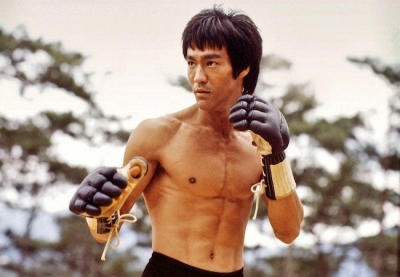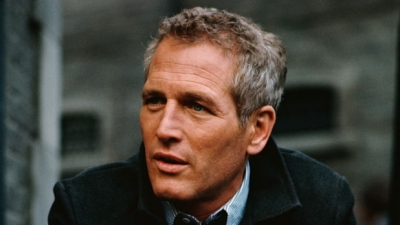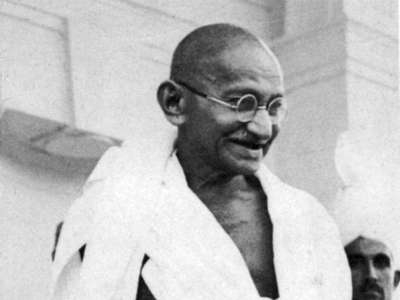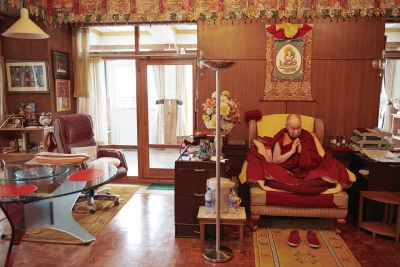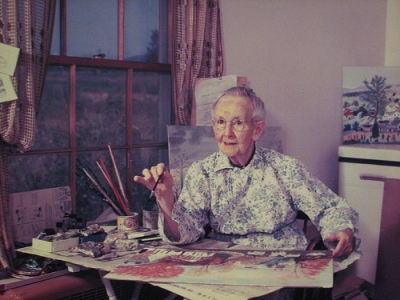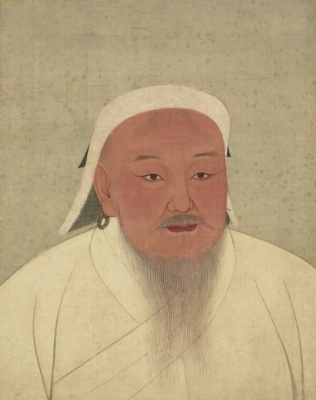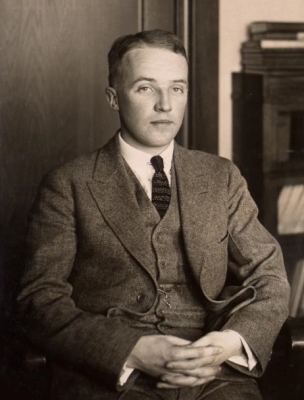Who was called the bravest of the brave?
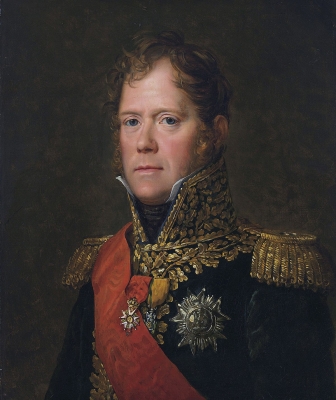
When Napoleon, Emperor of the French, created his marshals in 1804, one of the men he chose was Michel Ney. During the Revolutionary Wars, Ney earned such a reputation for gallantry that he was dubbed the Bravest of the Brave.
As marshal, Ney distinguished himself at the crucial battles of Eylau and Jena and was sent on a diplomatic mission to Switzerland. In 1808 he led French troops into Spain where he served for four years. On his return Ney followed his emperor to Russia. During the terrible retreat from Moscow, Ney commanded the rearguard. He did this so well that he personally led many French men to freedom who would otherwise have been taken prisoner or perished. He stood by Napoleon until the Emperor abdicated in 1814 and then made his peace with the reinstated King of France.
When Napoleon escaped in 1815, Ney joined him at once. He fought bravely through the campaigns which followed. At the Battle of Waterloo he led a tremendous charge of cavalry at the British centre. Despite his undoubted bravery, Ney failed. He was arrested and shot for his part in the campaign by the returning king.
Picture Credit : Google
